Faced with the constant changes of time and space, preserving and promoting the values of the Vu Lam palace site of the Tran Dynasty is an urgent requirement.
The Hanh Cung was originally a palace system built outside the capital as a resting place for King Tran when he traveled, so the scale and architecture of the Hanh Cung was similar to the palace in the capital.
During its period of holding power, the Tran Dynasty (1225 - 1400) still had its capital in Thang Long citadel, continuing the prosperity of the Ly Dynasty.
In addition, the Tran Dynasty also had three other large-scale palaces: Thien Truong Palace in Nam Dinh, Lo Giang Palace in Thai Binh and Vu Lam Palace in Ninh Binh.
Unlike Thien Truong and Lo Giang Palaces which have been identified through historical archaeological evidence, Vu Lam Palace has only been relatively located and its scale and architectural plan have not been clarified.
Comrade Nguyen Cao Tan, Deputy Director of Ninh Binh Province Department of Tourism, said: Vu Lam Imperial Citadel is spread over many communes of Hoa Lu District, focusing on Ninh Thang and Ninh Hai communes. This place has special importance in the history of the Tran Dynasty and the history of the nation.
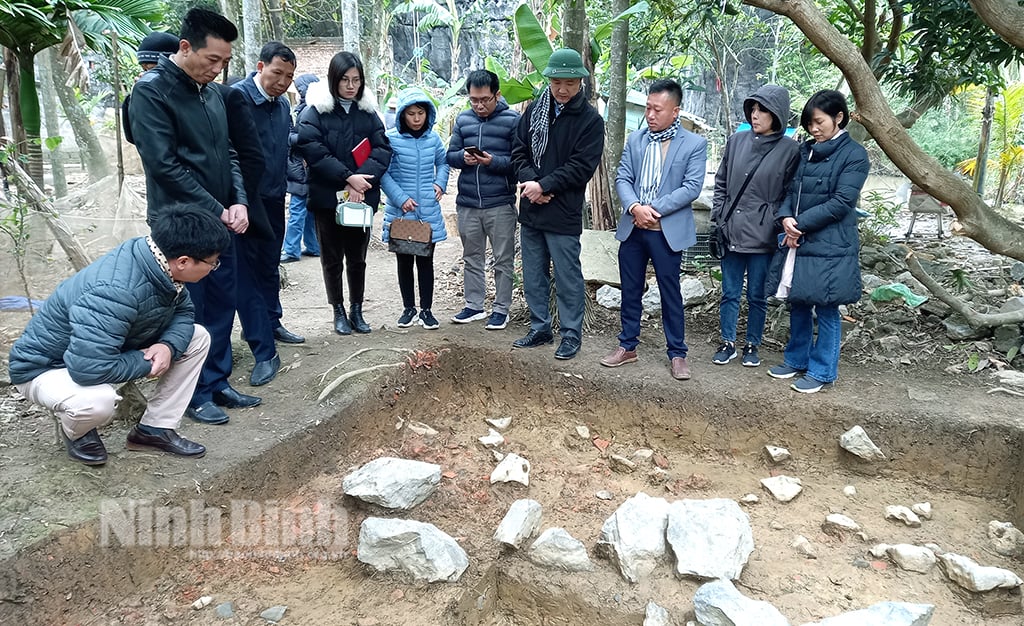
Scientists conducted archaeology and excavated three sites with traces of Tran Dynasty culture in Ninh Hai commune (Hoa Lu district, Ninh Binh province). Photo: Minh Duong
During most of the history of the Tran Dynasty, having to stand next to a strong empire that repeatedly invaded Dai Viet, the Tran Dynasty had to carry out many forms of war, the main one being guerrilla warfare.
Many resistance bases were formed, of which Vu Lam - the place the Tran kings chose as the most important headquarters, was the place to help the Tran kings and their subjects gather and consolidate forces to defeat the Yuan-Mongol invaders.
This is also the place where King Tran Thai Tong and Tran Nhan Tong established a hermitage to practice Buddhism and became a great influence on the formation of the Truc Lam Zen sect in the late 13th century.
The presence of Vu Lam Palace has profound historical, cultural and educational significance.
However, the appearance of the Vu Lam Palace has only been present through historical records and the remaining folk names of places such as the Palace, Kha Luong (where food is stored), Tuan Cao (where reporting), Ha Trao (boat dock), Thai Vi temple...
Currently, these sites, along with historical and cultural relics related to the Tran Dynasty in the Trang An Scenic Landscape Complex, are places that attract the attention of many domestic and international tourists.
In particular, since 2014 when Trang An Scenic Landscape Complex was recognized by UNESCO as a World Cultural and Natural Heritage, the number of tourists has increased, leading to the Tran Dynasty relic system increasingly failing to meet the interest, research and study of the people and tourists.
Over the changes of time and history, many traces have disappeared. Therefore, the Department of Tourism has coordinated with the Vietnam Institute of Archaeology, departments, branches and localities to actively research, conduct archaeology, preserve and promote the value of Vu Lam Palace.
This is also a step to implement UNESCO's recommendation to continue conducting research to affirm the unique values of Trang An Scenic Landscape Complex.
Dr. Nguyen Ngoc Quy, Vietnam Institute of Archaeology said: With great cultural and historical values, the unit has coordinated to organize many archaeological and excavation campaigns to determine the scope and hidden values underground of Vu Lam Palace. The latest archaeological excavation took place in late 2022 and early 2023, conducted by the Department of Tourism in coordination with the Vietnam Institute of Archaeology, proving that the comments and records of history and researchers about Vu Lam Palace are completely well-founded.
The team excavated archaeologically in the field area behind Thai Vi temple in Ninh Hai commune; the Vuon Am area located inside the Hang Ca area of Tam Coc and discovered a layer of clay architectural foundation with many brick, tile, and ceramic relics typical of the Tran dynasty.
This archaeological discovery proves that this place was once built by King Tran as a small hermitage for religious practice; at the same time, it demonstrates the activities of living, consolidating, and raising troops in preparation for the resistance war against the Yuan-Mongol army of the Dai Viet army and people.
Archaeological exploration and excavation activities have "revived" the unique and exclusive values of Vu Lam Palace. Fragments and relics that were thought to be inanimate and inanimate, and in danger of disappearing, through archaeological activities, have contributed important documents and perceptions, helping each person visualize more clearly the historical and cultural picture related to the Tran Dynasty in the history of the nation.
From the discoveries of archaeological work, combined with existing historical relics related to Vu Lam Palace, it is required that all levels and sectors need to enhance their role in State management, conservation, propaganda, and mobilization of people living in the relic area not to have activities that damage historical relics.
Mr. Dinh Anh Toi, Vice Chairman of Ninh Hai Commune People's Committee, Hoa Lu District (Ninh Binh Province) informed: Vu Lam Imperial Palace is determined to be located mostly in the commune. In recent years, Ninh Hai Commune has actively cooperated in archaeological and research work; mobilized people and households in the area to create favorable conditions and cooperate in serving this work.
At the same time, propagate to people to protect the landscape in areas identified as having traces of Vu Lam Palace such as Thai Vi Temple, Thung Noi Lam...
Dr. Nguyen Ngoc Quy, Vietnam Institute of Archaeology, proposed: In the immediate future, Ninh Binh needs to have a plan to protect and maintain the status quo of sites with Tran Dynasty archaeological relics. The discovered Tran Dynasty relics are evidence of the nation's indomitable spirit against the Northern invaders to maintain the nation's independence and autonomy.
Currently, the locations of relics are all located on local people's land. If there is no plan to protect the current status, these relics are at risk of being wiped out when people carry out economic activities in this area.
In addition, in the future, it is necessary to reclaim these areas, put them on the list of relics and make plans to preserve and promote their value for tourism and to propagate, promote and educate local history in the flow of national history to friends and tourists at home and abroad.
Thereby contributing to preserving and promoting the historical and cultural values of the nation, arousing the pride of each citizen in this sacred land of talented people.
Source: https://danviet.vn/phat-lo-hanh-cung-vu-lam-o-ninh-binh-mot-trong-ba-hanh-cung-noi-tieng-nha-tran-20231213151752945-d1134494.html



![[Photo] Action for the Community tells stories of enduring journeys – both intimate and great, yet quiet and determined](https://vphoto.vietnam.vn/thumb/1200x675/vietnam/resource/IMAGE/2025/11/15/1763179022035_ai-dai-dieu-5828-jpg.webp)

![[Photo] The Government Standing Committee reviews the planning project of the Red River landscape avenue axis](https://vphoto.vietnam.vn/thumb/1200x675/vietnam/resource/IMAGE/2025/11/15/1763197032149_dsc-0163-jpg.webp)
![[Photo] Exciting contest of skillful red fruit picking and creativity from Son La coffee beans](https://vphoto.vietnam.vn/thumb/1200x675/vietnam/resource/IMAGE/2025/11/15/1763201832979_ndo_bl_3-jpg.webp)
![[Photo] General Secretary To Lam receives Governor of Kanagawa Province (Japan) Kuroiwa Yuji](https://vphoto.vietnam.vn/thumb/1200x675/vietnam/resource/IMAGE/2025/11/15/1763204231089_a1-bnd-7718-5559-jpg.webp)









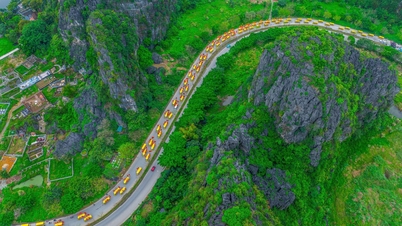
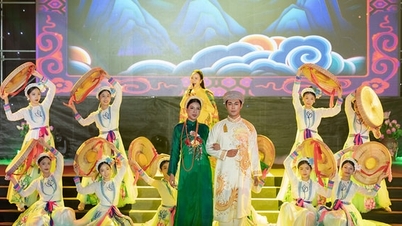




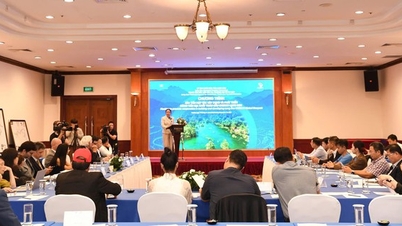










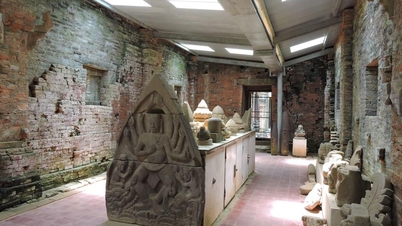
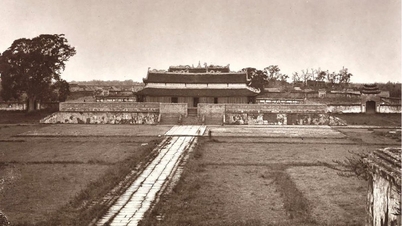

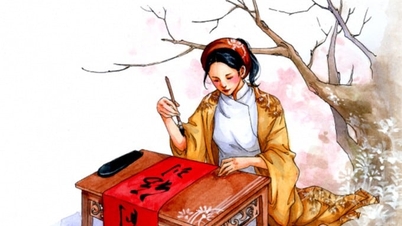


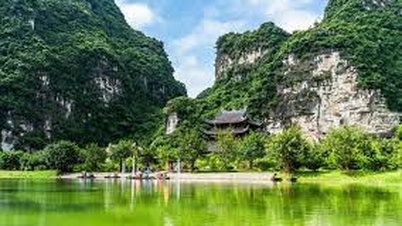
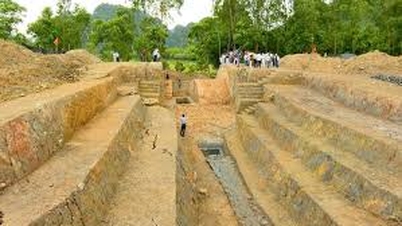




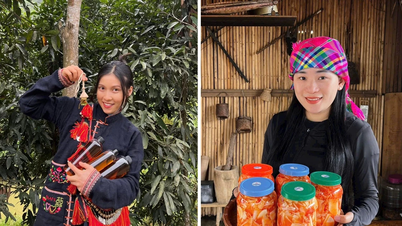





















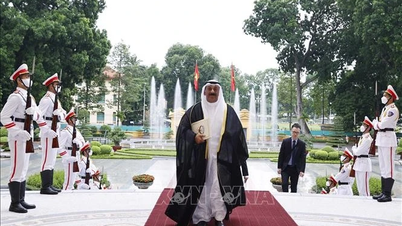





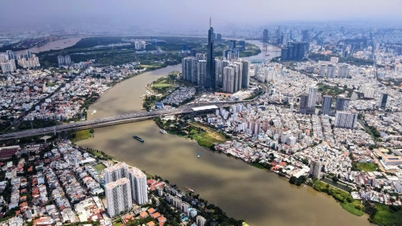




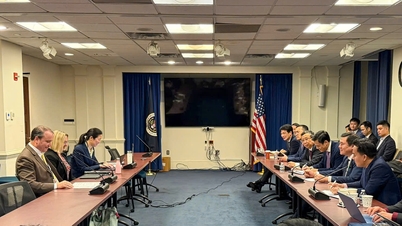

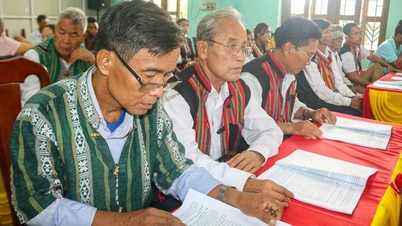
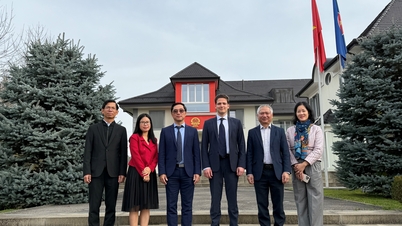


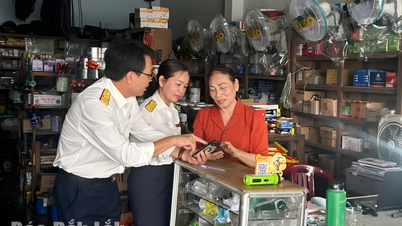
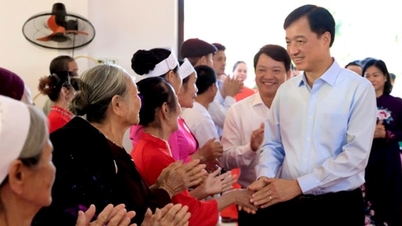
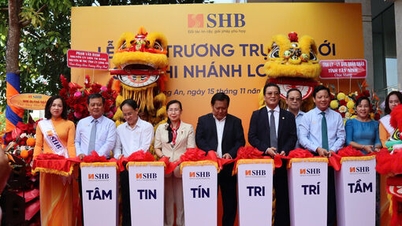

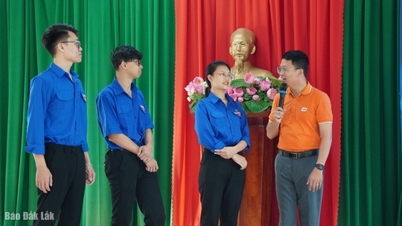










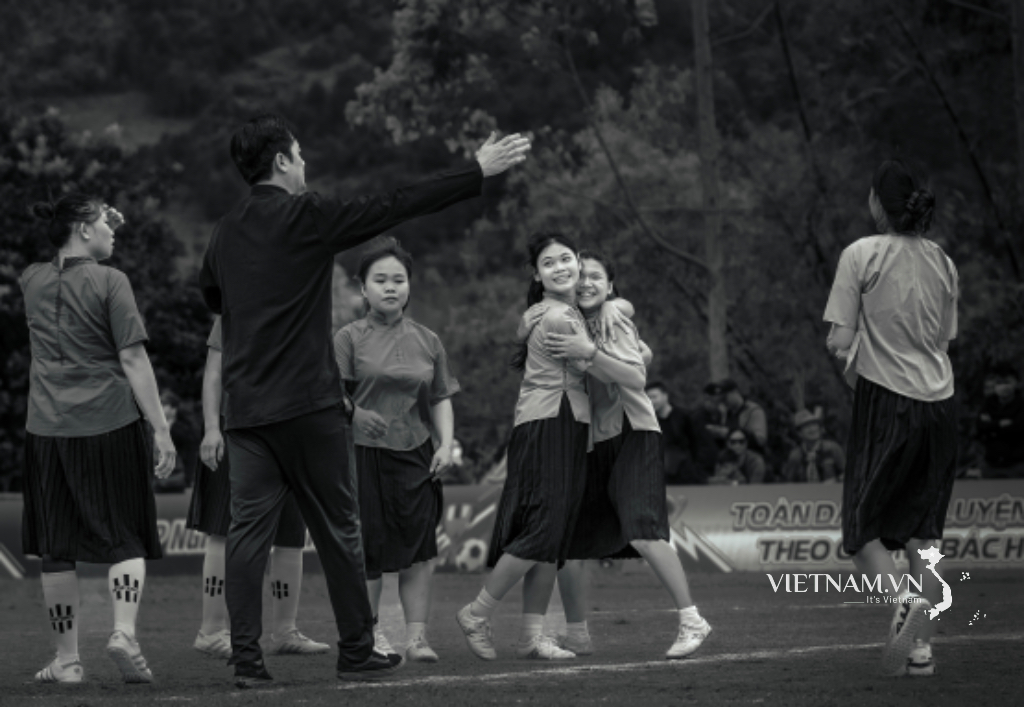


Comment (0)